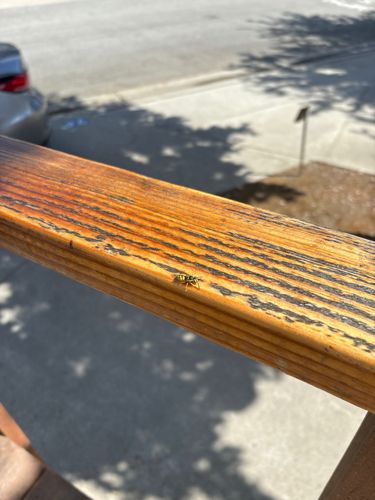Yellowjacket
Scientific Name: Vespula spp. or Dolichovespula spp. (common species include Vespula vulgaris, Vespula germanica, Dolichovespula maculata)
Order & Family: Hymenoptera, Vespidae
Size: Typically 10-16 mm (0.4-0.6 inches) in length

Natural Habitat
Yellowjacket nests can be found in a variety of places, including underground in abandoned rodent burrows, in hollow tree stumps, in wall voids of buildings, attics, and dense vegetation. They are common in urban, suburban, and rural areas.
Diet & Feeding
Larvae primarily feed on proteins, such as chewed-up insects and carrion, brought to them by adult workers. Adults, especially workers, feed on nectar, fruit juices, honeydew, and other sugary substances for energy. They are also attracted to human foods like meat and sugary drinks.
Behavior Patterns
Yellowjackets are social insects that live in colonies, often numbering several thousand individuals by late summer. They build nests in hidden locations, such as underground, in wall voids, or in dense bushes. They are highly defensive of their nests and will sting multiple times if they feel threatened. Workers forage for food and care for the queen and larvae. Queens overwinter and start new colonies in the spring.
Risks & Benefits
Potential Risks: Yellowjackets can be aggressive, especially when their nest is disturbed, and their stings are painful and can cause allergic reactions in sensitive individuals, potentially leading to anaphylaxis. They can be a significant nuisance at outdoor gatherings where food and drinks are present. Potential Benefits: They are beneficial predators of many insect pests, including flies, caterpillars, and other agricultural pests, helping to control insect populations. They also act as scavengers.
Identified on: 8/16/2025